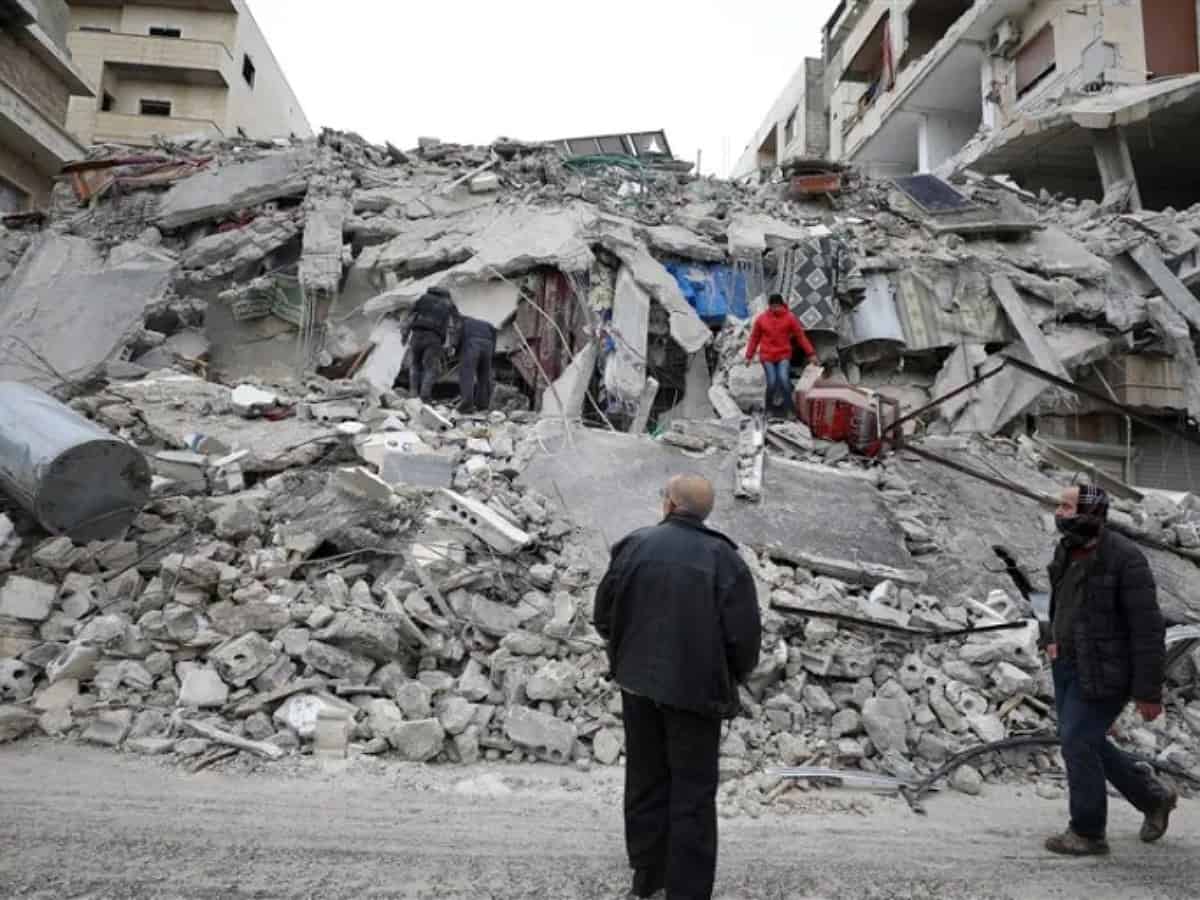
New Delhi: The devastating 7.8-magnitude earthquake that struck Turkey and Syria which has killed 4,890 people so far, is likely to be one of the deadliest this decade.
As of Tuesday afternoon, the toll in Turkey and Syria stood at 4,893.
According to scientists, the earthquake was so devastating due to a combination of factors, including the earthquake’s timing, location, relatively quiet fault line and the weak construction of the collapsed buildings, reports The Straits Times.
The tremor caused such devastation because of its strength — the strongest earthquake to strike Turkey since 1939 — and because it struck a populated area.
Turkey is in one of the world’s most active earthquake zones, said the report.
In 1999, an earthquake along the North Anatolian fault line in the northern Turkish region of Duzce killed over 17,000 people, but Monday’s earthquake occurred on the other side of the country, along the East Anatolian fault, the report added.
The East Anatolian fault has not experienced a magnitude-7 earthquake in over two centuries, which could indicate that people are “neglecting how dangerous” it is, Dr Roger Musson, an honorary research associate at the British Geological Survey, was quoted as saying.
He further said that it had been so long since the last big quake, “quite a lot of energy” may have built up.
He added that the magnitude of the aftershocks on Monday, including a massive 7.5-magnitude tremor, supported this theory.



